Set on the shores of Lake Victoria, Entebbe is a small town that is easy to explore on foot or local boda bodas (motorbike taxis). Explore the markets, hunt for souvenirs or crafts, meander through the Botanical Gardens or relax with a boat cruise on Lake Victoria. You’ll find a wide variety of restaurants, bars and clubs where you can sample the local beer, catch a game of football and meet the friendly locals.

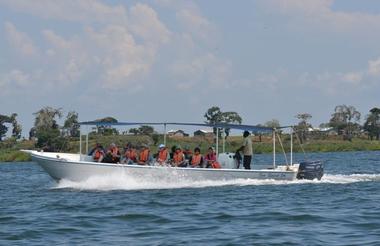
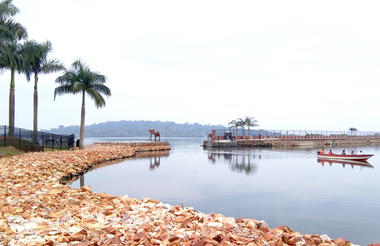
Murchison Falls National Park lies at the northern end of the Albertine Rift Valley, where the sweeping Bunyoro escarpment tumbles into vast, palm-dotted savannah. First gazetted as a game reserve in 1926, it is Uganda's largest and oldest conservation area, hosting 76 species of mammals and 451 species of birds.
The park is bisected by the Victoria Nile, which plunges 45 metres over the remnant rift valley wall, creating the dramatic Murchison Falls, the centrepiece of the park and the final event in an 80 metre stretch of rapids. The mighty cascade drains the last of the river's energy, transforming it into a broad, placid stream that flows quietly across the rift valley floor into Lake Albert. This stretch of river provides one of Uganda's most remarkable wildlife spectacles. Regular visitors to the riverbanks include elephants, giraffes and buffaloes while hippos, Nile crocodiles and aquatic birds are permanent residents.
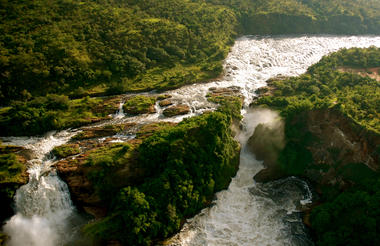
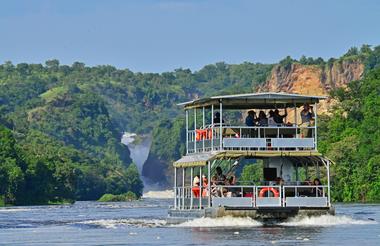
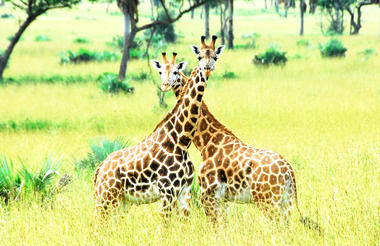
Kibale National Park contains one of the loveliest and most varied tracts of tropical forest in Uganda. Forest cover, interspersed with patches of grassland and swamp, dominates the northern and central parts of the park on an elevated plateau.
The park is home to a total of 70 mammal species, most famously 13 species of primate including the chimpanzee. It also contains over 375 species of birds.
Kibale adjoins Queen Elizabeth National Park to the south to create a 180 kilometre long corridor for wildlife between Ishasha, the remote southern sector of Queen Elizabeth National Park, and Sebitoli in the north of Kibale National Park.
The Kibale-Fort Portal area is one of Uganda's most rewarding destinations to explore. The park lies close to the tranquil Ndali-Kasenda crater area and within half a day's drive of Queen Elizabeth, Rwenzori Mountains and Semliki National Parks, as well as the Toro-Semliki Wildlife Reserve.

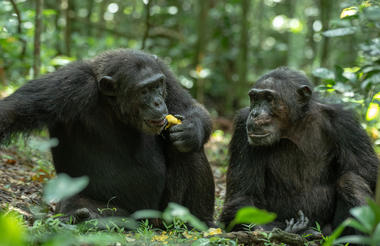
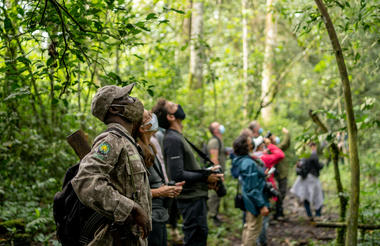
Surrounded by other wonderful parks in the western region of Uganda, the Queen Elizabeth National Park is known for its rich biodiversity, wildlife and history. In the southern part of the park, the remote Ishasha sector is home to tree-climbing lions who spend long lazy days dozing in the pretty fig trees. The Uganda Kob, which they watch from the branches, graze the plains, enjoy game watching - make sure to look out for elephants, topi, and perennial and migratory bird species.
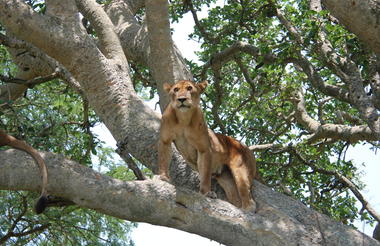

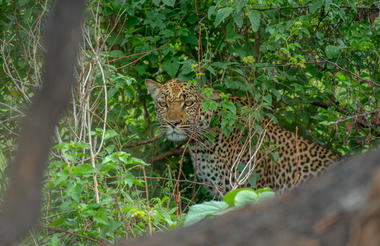
The Bwindi Impenetrable National Park lies in southwestern Uganda on the edge of the Rift Valley. Its mist-covered hillsides are blanketed by one of Uganda's oldest and most biologically diverse rainforest, which dates back over 25,000 years and contains almost 400 species of plants. More famously, this "impenetrable forest" also protects an estimated 460 mountain gorillas - including several habituated families.
This biologically diverse region also provides shelter to a further 120 species of mammal, including several primate species such as baboons and chimpanzees, as well as elephants and antelopes. There are around 350 species of birds hosted in this forest, including 23 Albertine Rift endemics.







